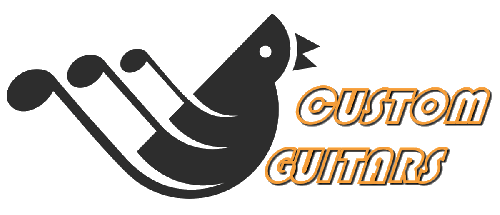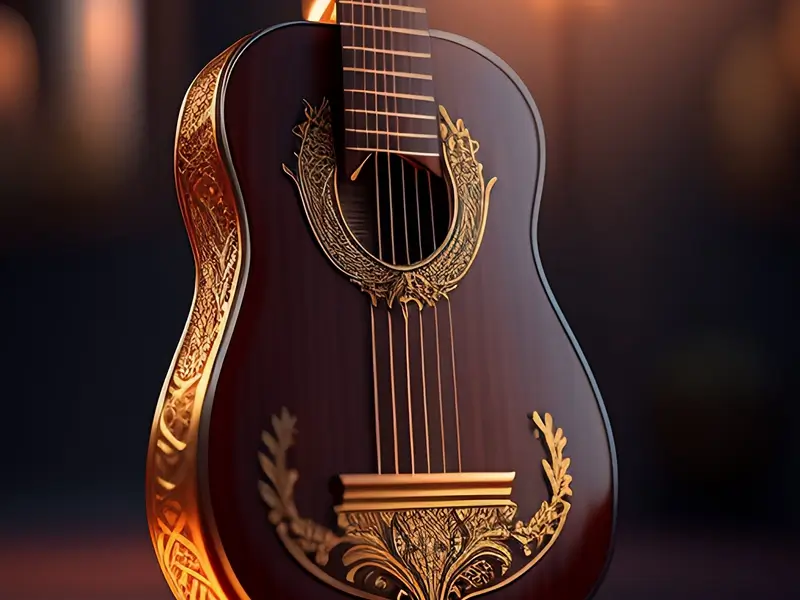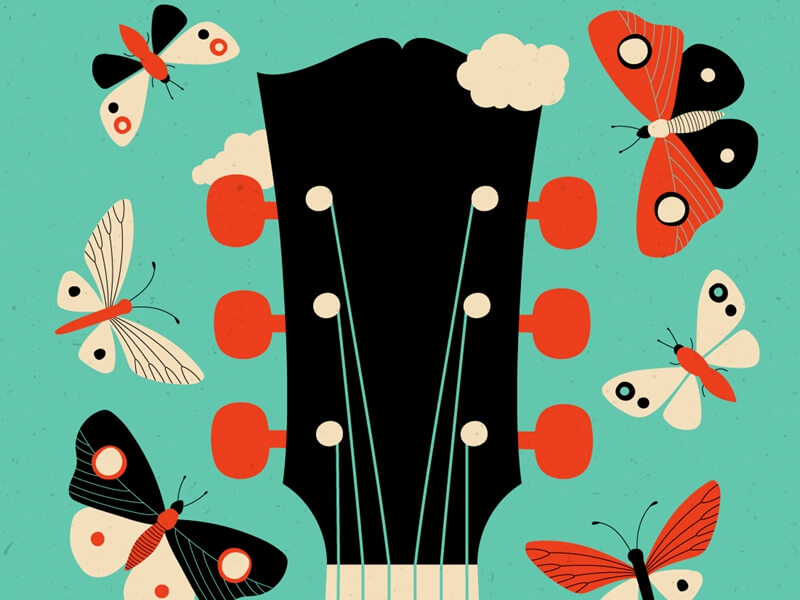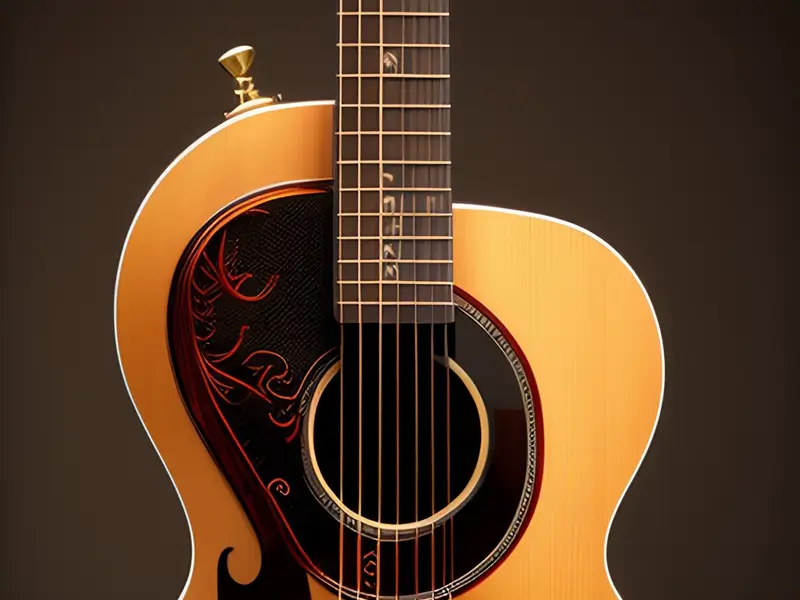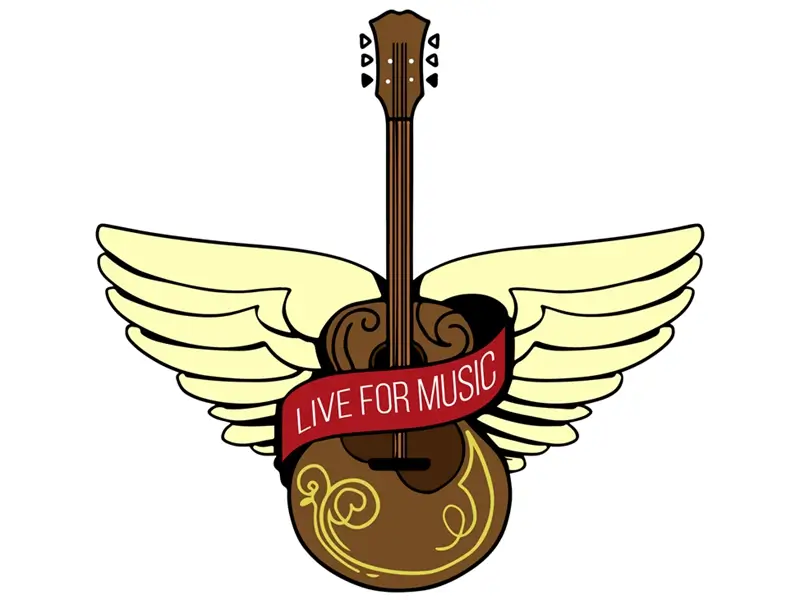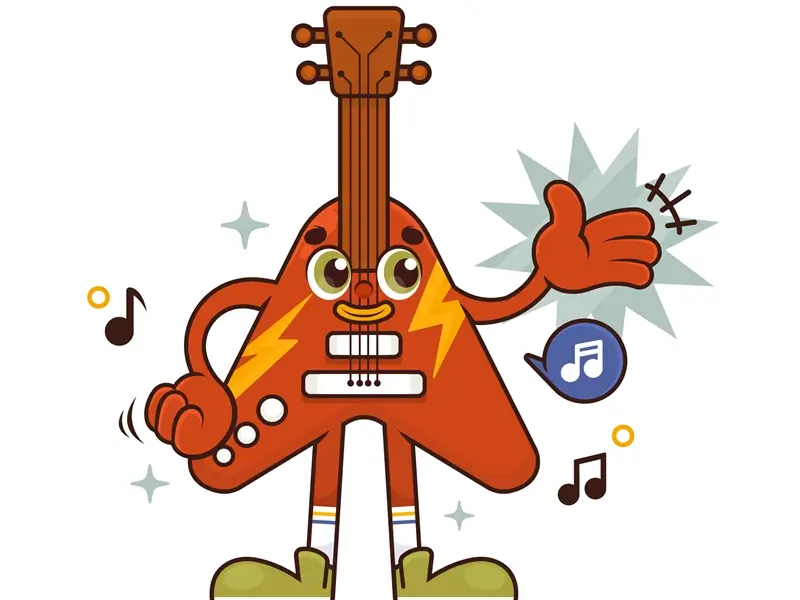Understanding of Custom Guitar Through Guitar Anatomy: What & How
Start-up: Learning of Guitar Anatomy
Guitar anatomy refers to indication of the parts of a guitar. It is talked by almost all people who are players, luthiers, designers and even who are just interested in learning guitar, etc. This important because it is where the journey starts.
For those who are building guitars or prepare to build guitars, the anatomy should be the first class that they have learnt.
And for players or who want to learn to play a guitar, learning anatomy will greatly help them to understand the guitar. And that understanding will help them to perform and maintain the guitar by themselves once needed. Knowing the anatomy is really helpful.
And that is also why it is named as “dictionary” of guitar. Think about what a dictionary will help.
Here, we cannot help following conventions to explain the parts of acoustic guitar firstly. But our true purpose is trying to explain what should be emphasized on customization of guitar and how does that happen.
Once this article can help you more, it will be a great honor of us.
Words of Guitar: Opening a Guitar Dictionary
A dictionary will give explanations of the meaning of the words we are using but don’t quite understand quite clearly. The guitar dictionary explains structure and parts of guitar and the relationship between them.
Knowing right words of guitars makes you a full understanding when your instructor or fellow guitarists talking about guitars and techniques.
Besides, it greatly saves time when you are talking about your order of customized guitar with your supplier.
Structure & Relationship Between Parts
Generally, the structure of guitar is as simple as the appearance, it is consisted of neck and body.
Neck is an important part to make the sound. If we inspect more specifically, we can find there are more parts related with neck than our imagination.
Firstly, we can find there is a headstock on which the tuning pegs are mounted. The angle between the headstock and neck helps to keep the tension of strings to make right sound. The tuning pegs are mainly for fixing of strings to remain their positions and tension.
On top of the neck, there is a nut sit in front of fretboard. The nut is normally made of bone material (ox bone) for durable using. For economic and technical consideration, the nut is also made of ABS or metal material instead. It is a small but very important part to fix the positions of strings and improving the vibration.
Following is a fretboard which is frequently made of hardwood material such as Ebony. The fretboard is the place where frets are loaded to support strings and for fingers to press to make various pitch. This is why the fretboard is often made of hard material for anti-waring and bearing high pressure.
Then here comes the body which is the most important part of a guitar. It is not only where the sound comes from, but also support other important parts of guitar.
The body is a “box”, consisted of top, back and side. Different wood material is frequently applied for construction of body, e.g.: spruce for top, rosewood for back and side. The most important function of the body is to reflect expected tone by resonance with the vibration of strings. And this is by the work of top, back and side together at the same time.
Additionally, the body is the part to load other necessary parts of guitar. Let’s start at the top. On top, there is a soundhole, around which there is a rosette which is made of wood material. Many thinks rosette is just a decoration element to make the appearance more beautiful, it is an element that actually influences the vibration, too.
Let’s move to the bottom of the top. There is a bridge where the saddle is loaded, and for an acoustic guitar, the bridge also is the place to mount the pins to fix the strings. Well, saddle, bridge and pins (classical guitar won’t use pins to fix strings, but tied them up at the bottom) together to fix the positions of strings and remain a certain height of them to ensure proper vibration.
By the way, the bridge is normally made of Ebony or Rosewood. Saddle is the same as nut, bone, ABS and metal is frequently be used for the construction.
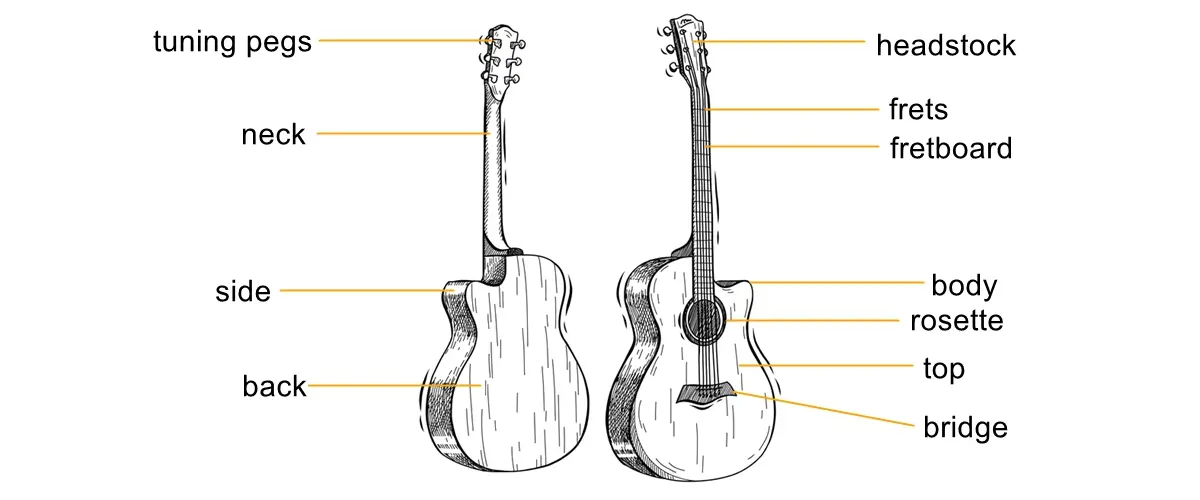
What Makes Unique Custom Guitar
Theoretically, you can custom acoustic guitars whatever you like. But any innovation should be based on the knowledge of guitar and the law of sound formation. This is the basic rule that all of us should follow.
However, here we want to go through together with you to inspect as specific aspects as we can to indicate what customization will make a unique guitar to enhance your brand.
Firstly, since the neck and headstock mainly involve CNC working, it is easier to design a neck with unique headstock. Most importantly is that the size and its precision need to be carefully controlled. And when design a neck, the whole design of the guitar should be considered which will determine the assembly and potential performance.
Well, customize guitar body is a bit complicated. Because during designation, there are many aspects to be carefully considered. But it may be easier to start at top designation. Once the shape and size of the top is confirmed, we will know the size and shape of bottom as well as determine the shaping of side. However, the shape of the top and back must be carefully designed for the consideration of bending of side. We have met some bending problem due to wired shape design of the body. That does not only influence the customization, but also the performance of the guitar even we just follow the designation.
Anyway, once you follow the rule of sound formation and be familiar with characteristics of tonewood, a unique design will surely enhance your selling.
For fretboard it is easier to handle. With machines and tools, the fretboard can be precisely cut and route according to the designed neck. For inlays as decoration, also easier to be finished and loaded.
Generally, no matter what kind of the designation you want to take, it is better to understand the characteristics of tonewood firstly. Although we have large quantity and various types of wood material in stock, random combination of the wood may not make the expected tone performance. You will find specific info on Characteristics of Tone Wood.
To custom acoustic guitars, or consult your design with us, please feel free to CONTACT now.
